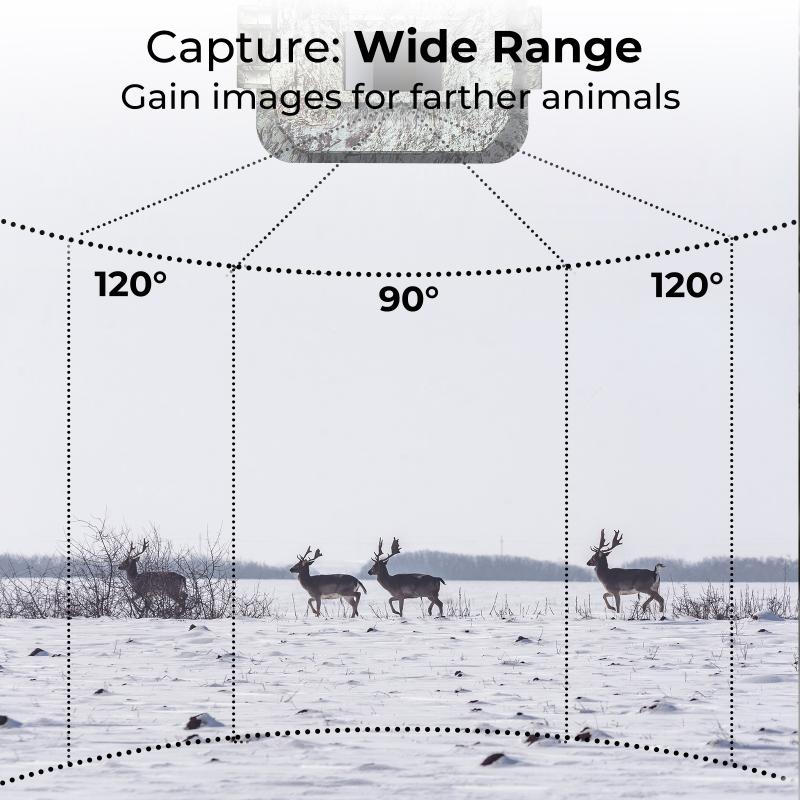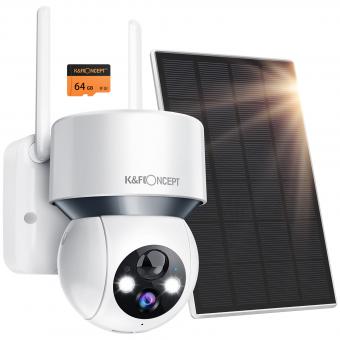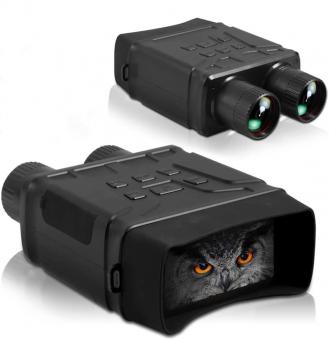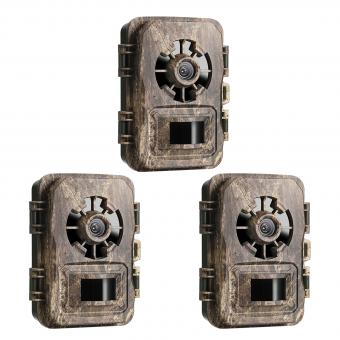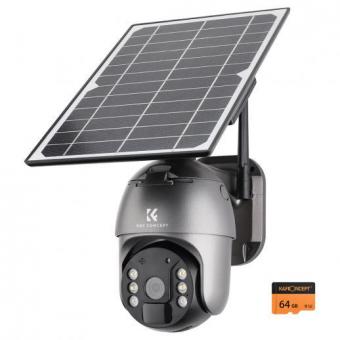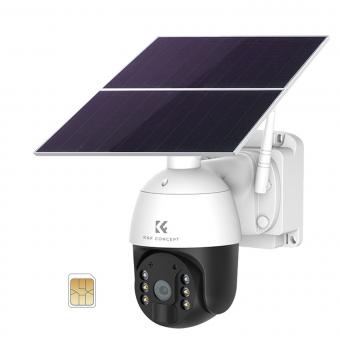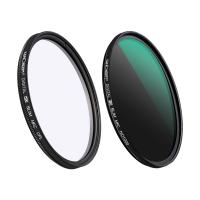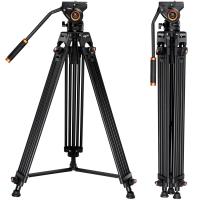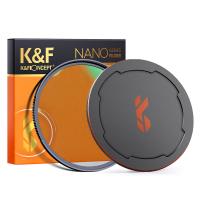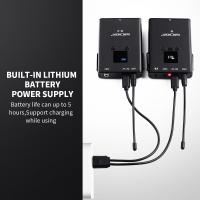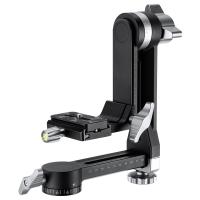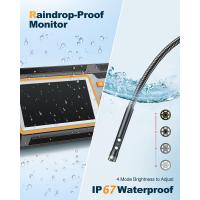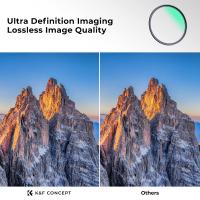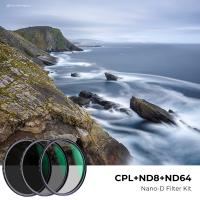How To Improve Night Vision For Driving ?
There are several ways to improve night vision for driving. One important step is to ensure that your eyes are in good health by getting regular eye exams and addressing any vision issues. Additionally, reducing glare from oncoming headlights can be helpful. This can be done by keeping your windshield clean, using anti-glare coatings on your glasses if needed, and adjusting your rearview mirror to reduce glare. It is also important to make sure that your headlights are properly aligned and in good working condition. Finally, allowing your eyes to adjust to the darkness before driving can improve night vision. This can be done by avoiding bright lights before getting behind the wheel and using your peripheral vision to scan the road.
1、 Dietary changes to enhance night vision capabilities
Dietary changes to enhance night vision capabilities can be a helpful approach for improving night vision for driving. While it is important to note that night vision is primarily determined by the health of the eyes and the efficiency of the visual system, certain nutrients can support optimal eye function and potentially enhance night vision.
One key nutrient for good night vision is vitamin A. This vitamin is essential for the production of rhodopsin, a pigment found in the retina that helps with low-light vision. Foods rich in vitamin A include carrots, sweet potatoes, spinach, kale, and liver. Including these foods in your diet can provide a good source of vitamin A and potentially improve night vision.
Another important nutrient is lutein and zeaxanthin, which are antioxidants found in high concentrations in the macula of the eye. These antioxidants help filter harmful blue light and protect the retina. Foods such as leafy greens, broccoli, peas, and eggs are good sources of lutein and zeaxanthin.
Omega-3 fatty acids, found in fatty fish like salmon and tuna, have also been associated with improved eye health. These fatty acids help maintain the integrity of the retina and support overall eye function.
Additionally, maintaining a well-balanced diet that includes a variety of fruits, vegetables, whole grains, and lean proteins can provide the necessary vitamins and minerals for optimal eye health.
While dietary changes can support eye health and potentially enhance night vision, it is important to note that individual results may vary. It is always recommended to consult with an eye care professional for a comprehensive evaluation and personalized advice on improving night vision for driving.
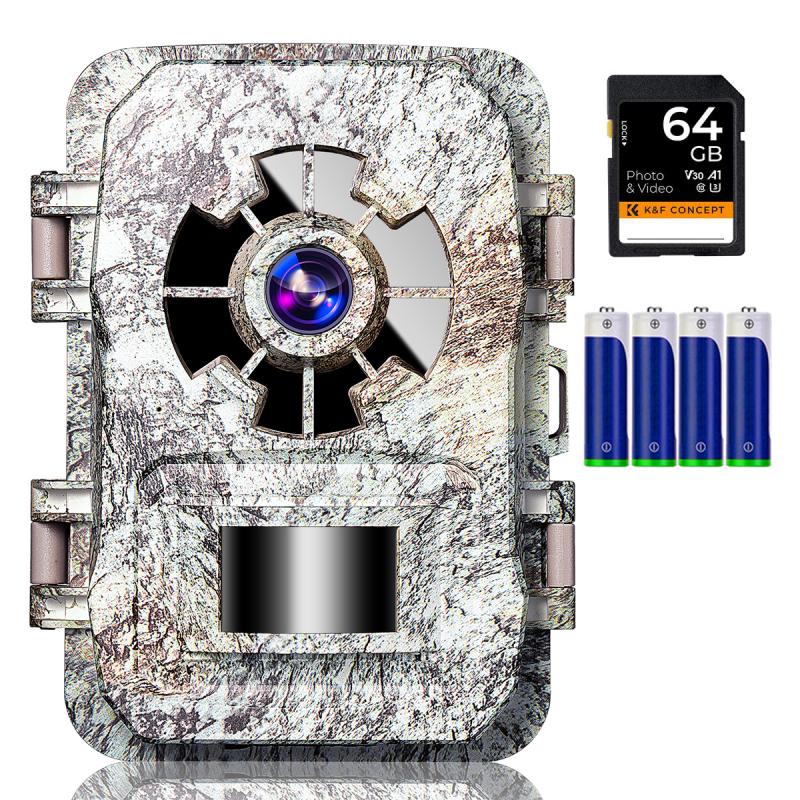
2、 Regular eye exams and corrective measures for optimal vision
Regular eye exams and corrective measures for optimal vision are essential for improving night vision for driving. It is recommended to have a comprehensive eye exam at least once every two years, or more frequently if advised by an eye care professional. This allows for early detection and treatment of any vision problems that may affect night vision.
During the eye exam, the eye care professional will assess various aspects of vision, including visual acuity, depth perception, and peripheral vision. They may also check for conditions such as cataracts, glaucoma, or macular degeneration, which can impair night vision. If any issues are identified, appropriate corrective measures can be prescribed, such as glasses, contact lenses, or surgery.
In addition to regular eye exams, there are a few other steps that can be taken to improve night vision for driving. One important factor is to ensure that the windshield and headlights are clean and free from dirt or debris, as this can reduce visibility. It is also recommended to dim the dashboard lights to reduce glare and improve contrast.
Another aspect to consider is the use of anti-glare glasses or lenses. These can help reduce the glare from oncoming headlights or streetlights, making it easier to see in low-light conditions. Some lenses are specifically designed for night driving and have a yellow tint, which can enhance contrast and reduce glare.
It is worth noting that certain lifestyle factors can also impact night vision. For example, smoking has been linked to an increased risk of cataracts, which can impair night vision. Therefore, quitting smoking can have a positive impact on overall vision health.
In conclusion, regular eye exams and corrective measures for optimal vision are crucial for improving night vision for driving. By addressing any vision problems and taking appropriate steps to reduce glare and enhance contrast, drivers can significantly improve their ability to see clearly in low-light conditions.
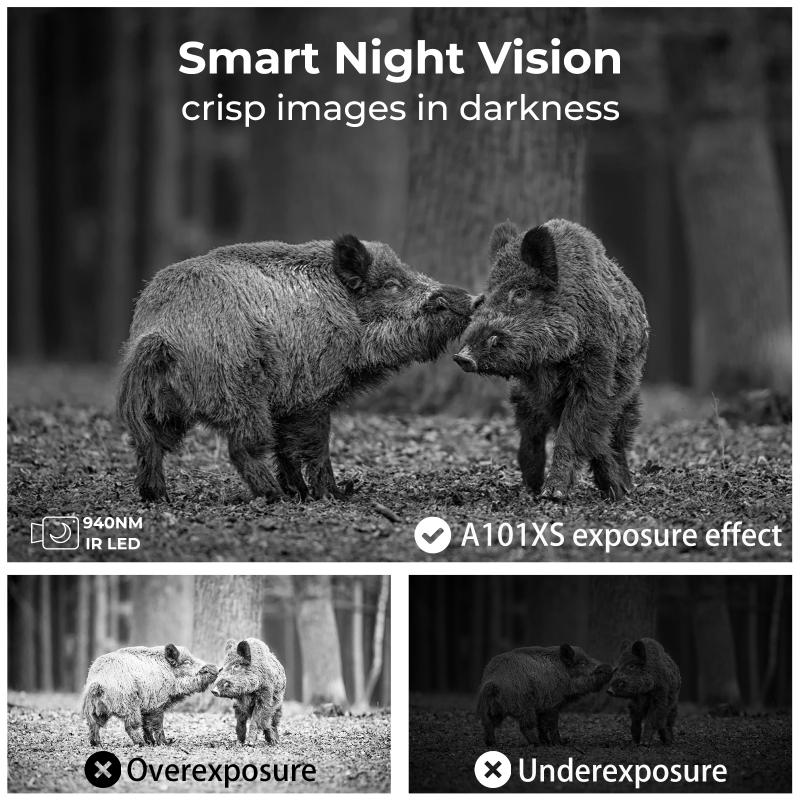
3、 Minimizing glare and improving contrast while driving at night
To improve night vision for driving, there are several steps you can take to minimize glare and improve contrast. These measures can help enhance your ability to see clearly and navigate safely on the road at night.
1. Regular Eye Exams: Schedule regular eye exams to ensure your vision is in optimal condition. Conditions such as nearsightedness, farsightedness, or astigmatism can be corrected with glasses or contact lenses, improving your overall vision at night.
2. Clean Windshield and Mirrors: Keep your windshield, windows, and mirrors clean both inside and out. Dirt, smudges, and streaks can cause glare from oncoming headlights, reducing visibility.
3. Adjust Your Headlights: Make sure your headlights are properly aligned and aimed correctly. Misaligned headlights can blind other drivers and reduce your own visibility. Consider upgrading to brighter, more efficient bulbs or installing auxiliary lighting for better illumination.
4. Dim Interior Lights: Reduce the brightness of your dashboard and instrument panel lights. Bright interior lights can create a stark contrast between the illuminated dashboard and the dark road ahead, making it harder to see.
5. Use Anti-Glare Features: Utilize the anti-glare feature on your rearview mirror to reduce the intensity of headlights behind you. Additionally, consider wearing anti-glare glasses or lenses that can help minimize glare from oncoming traffic.
6. Increase Following Distance: Maintain a safe following distance from the vehicle in front of you. This will give you more time to react to sudden changes in road conditions or unexpected obstacles.
7. Avoid Overdriving Your Headlights: Drive at a speed that allows you to stop within the distance illuminated by your headlights. Overdriving your headlights can limit your reaction time and increase the risk of accidents.
8. Take Breaks: If you find yourself struggling with night vision, take regular breaks during long drives. Resting your eyes periodically can help reduce eye strain and improve overall visual acuity.
It is important to note that while these measures can improve night vision for driving, they may not be sufficient for everyone. If you continue to experience difficulties seeing at night, it is advisable to consult with an eye care professional for a comprehensive evaluation.
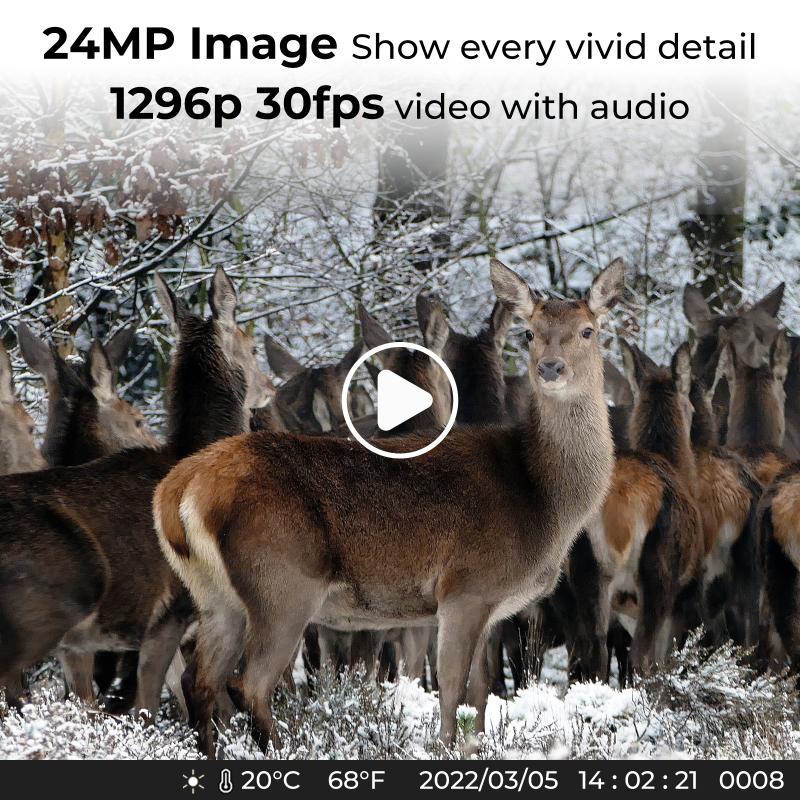
4、 Utilizing night driving aids such as anti-glare glasses or filters
Utilizing night driving aids such as anti-glare glasses or filters can indeed help improve night vision for driving. These aids work by reducing the glare from oncoming headlights or streetlights, which can often impair vision and make it difficult to see clearly at night.
Anti-glare glasses are designed with a special coating that helps to minimize the reflection of light, particularly from bright sources. They can enhance contrast and reduce the intensity of glare, allowing for better visibility in low-light conditions. Some glasses also have yellow-tinted lenses, which can help to improve depth perception and enhance visual clarity.
Another option is to use filters that can be applied to your car's windshield or side windows. These filters work by reducing the amount of light that enters the vehicle, thereby reducing glare and improving visibility. They are typically made of a thin film that can be easily applied and removed.
In addition to these aids, there are other steps you can take to improve night vision for driving. Regular eye exams are crucial to ensure that your vision is in optimal condition. It is also important to keep your windshield clean, both inside and out, as dirt and smudges can further impair visibility, especially at night.
Furthermore, adjusting your car's headlights properly can make a significant difference. Make sure they are aimed correctly, not too high or too low, to avoid blinding other drivers and to maximize your own visibility.
Lastly, it is essential to drive defensively and be aware of your surroundings. Reduce your speed and increase your following distance to allow for more reaction time. Avoid looking directly at oncoming headlights and instead focus on the right side of the road to help maintain better night vision.
While these aids and practices can improve night vision for driving, it is important to note that they are not a substitute for proper vision care and safe driving habits. If you are experiencing persistent difficulties with night vision, it is recommended to consult with an eye care professional for a comprehensive evaluation.
